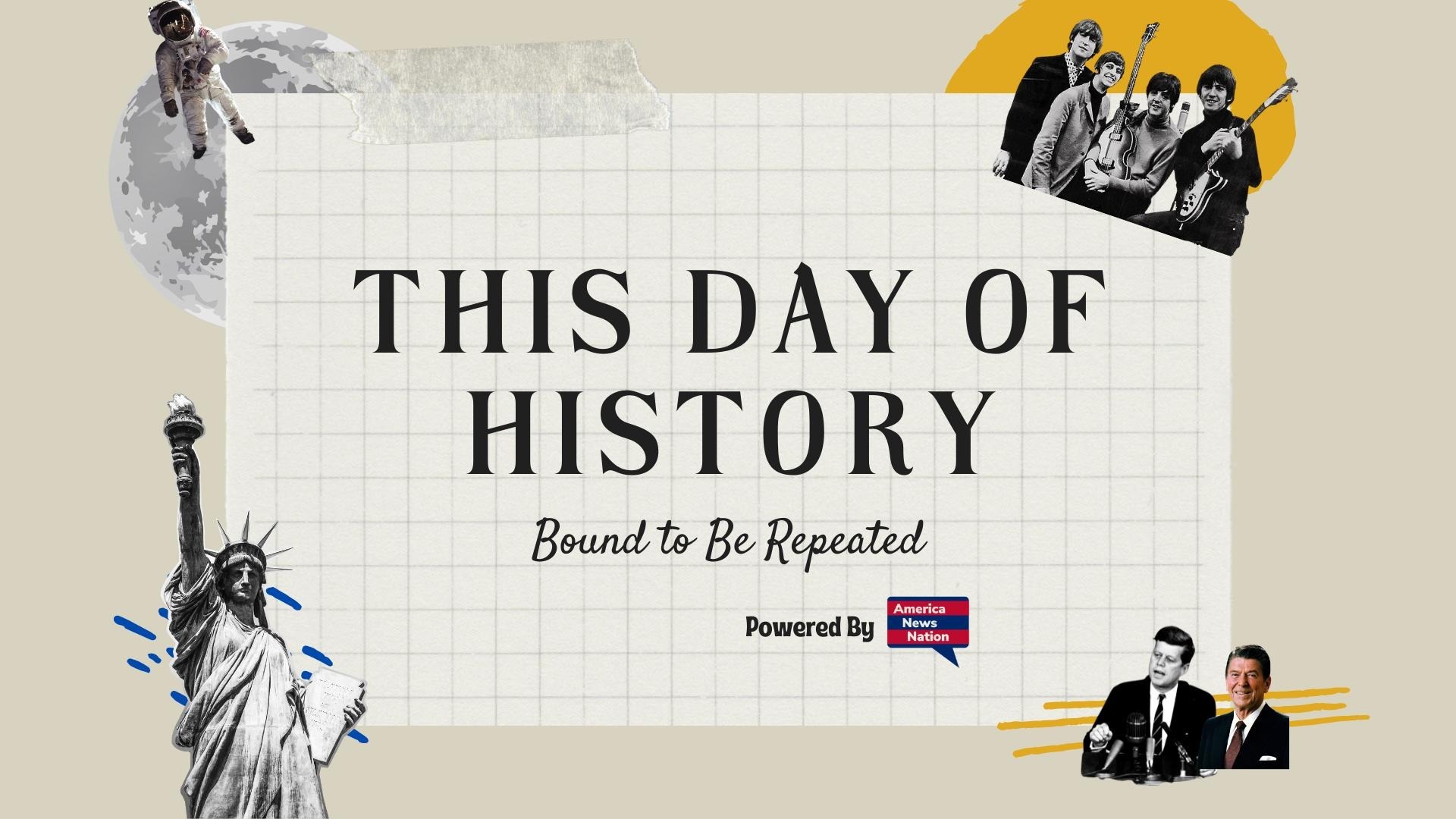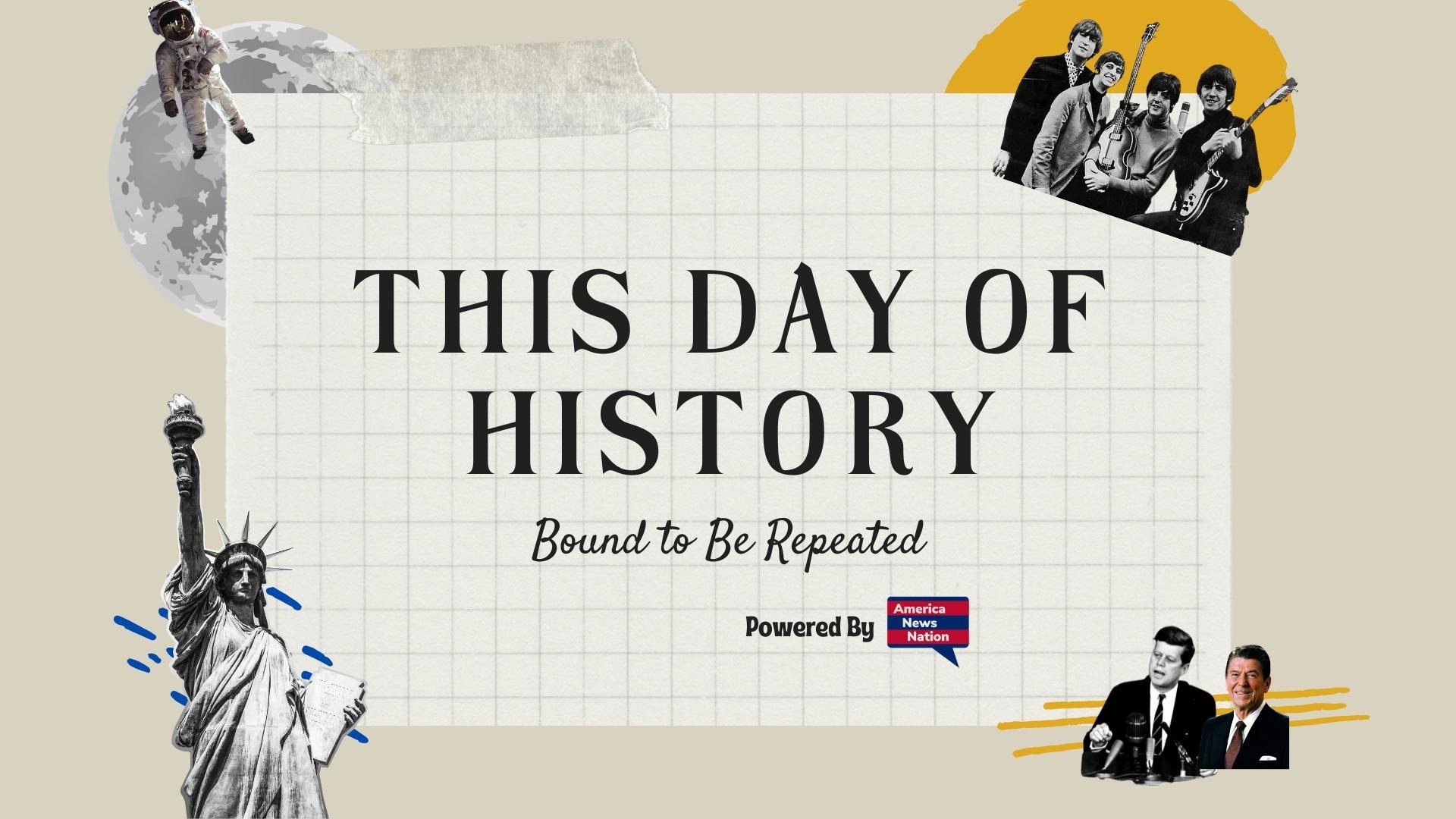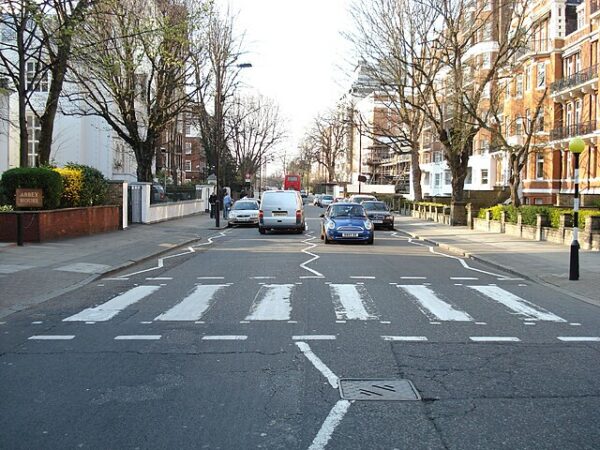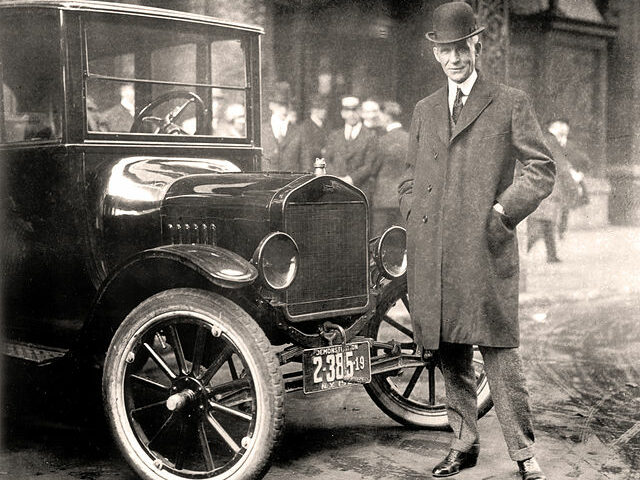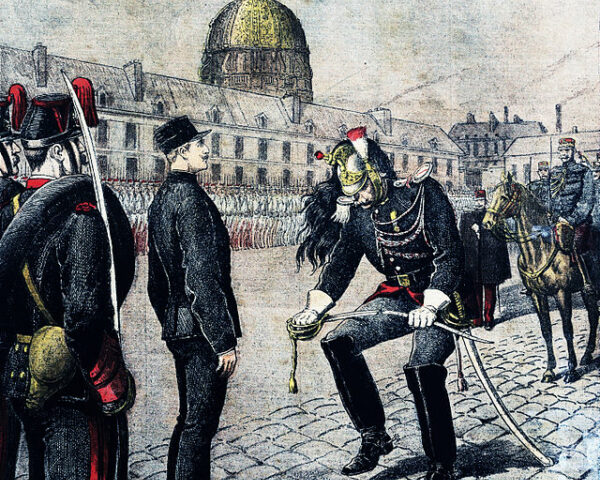On a quiet London morning in August 1969, a Scottish photographer named Iain Macmillan climbed a stepladder in the middle of the street while a police officer held up traffic. For just ten minutes, he had the full cooperation of four of the most famous men in the world: John Lennon, Paul McCartney, George Harrison, and Ringo Starr—the Beatles. The resulting image would become one of the most iconic album covers in music history: Abbey Road.
The photo was taken just outside EMI Studios on Abbey Road in the St John’s Wood neighborhood of north London. The Beatles had recorded the vast majority of their music there, and the building would later be renamed Abbey Road Studios in honor of its association with the band. But at the time, no one knew it would be their final album recorded together, or that the simple act of walking across a zebra crossing would become a symbol of both the Beatles’ enduring legacy and the end of an era.
Iain Macmillan, a friend of John Lennon and Yoko Ono, was commissioned for the shoot. He took only six photographs. The band had a limited window—Macmillan had to work quickly as he perched above the road with his Hasselblad camera. The Beatles, dressed in contrasting styles that would fuel decades of speculation, walked back and forth across the road under the summer sun. Lennon led the group in an all-white suit, followed by Starr in black, McCartney barefoot and out of step with the others, and Harrison in denim.
That third figure—McCartney walking barefoot—would become the focal point of a bizarre conspiracy theory that emerged in the fall of 1969. Fans speculated that Paul had died in 1966 and had been replaced by a lookalike. The Abbey Road cover, they claimed, depicted a funeral procession, with Lennon as a clergyman, Starr as an undertaker, McCartney as the corpse, and Harrison as the gravedigger. The bare feet, the cigarette in the “wrong” hand, and the license plate on a nearby Volkswagen Beetle reading “28IF” (“28 if he had lived”) were all seized upon as clues in the so-called “Paul is dead” rumor.
In truth, McCartney simply removed his sandals because it was a warm day. But the myth surrounding the photo only added to its mystique.
Abbey Road was released on September 26, 1969, and despite some internal tensions within the band, it was a critical and commercial triumph. The album featured classics such as “Come Together,” “Something,” and the famed medley on Side Two. Though Let It Be would be released later in 1970, Abbey Road was the final studio project the Beatles worked on together in any cohesive way, with producer George Martin returning to guide the sessions. Many fans regard it as the band’s true farewell.
The crosswalk itself, just a few steps from the entrance to the studio, has since become a place of pilgrimage. Every day, fans from around the world visit the site to reenact the walk, often bringing traffic to a halt. The British government eventually declared the crossing a protected historical site in 2010. The studio building is similarly landmarked, and its walls bear decades’ worth of fan graffiti and dedications.
Iain Macmillan’s photo—sharp, spontaneous, and strangely symmetrical—perfectly captured the Beatles as they were in their final days: self-assured, iconic, and each slightly marching to the beat of their own drum. It is a moment frozen in time, devoid of text or ornament, just four men crossing a road they had come to define.
Though the band would never play together in the studio again after those sessions, the Abbey Road image endures, as much a part of their legacy as the music itself. And on August 8, 1969, with one shutter click, Macmillan ensured the Beatles would keep walking into the future, even as they were saying goodbye.
